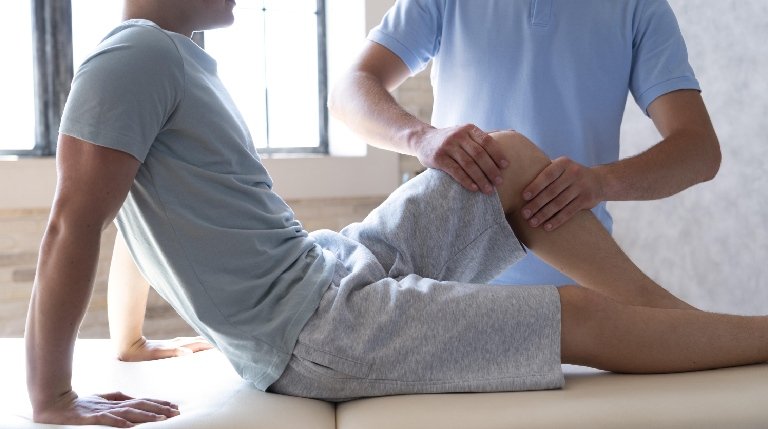
Patellar Instability: Everything you need to know
The patella or knee cap attaches to the tendons’ tibia (Shinbone) and femur (Thighbone). The patella fits into a groove at the end of the trochlear groove and slides in the upward and downward direction as the knee bends and then straightens. Patellar instability occurs when the knee cap moves outside of the groove. There are two main types of patellar instability. The first is the traumatic patellar. This is often the result of an injury caused to the knee. In patellar dislocation, the patella is entirely out of the groove. The other type of instability is known by the name chronic patellar instability. In this type of patellar instability, the kneecap only partially slides out of the groove. This is also known as a subluxation.
Diagnosis and treatment
Diagnosis for patellar dislocation with traumatic knee effusion is made clinically in an acute setting and a chronic setting with a passive patellar translation. X-rays are more likely to be obtained, in more severe cases, an MRI may be ordered. As far as treatment is considered, it is non-operative with bracing for dislocation that is ‘first-time’ and without the presence of articular loose bodies or bony avulsion.
Operative management is indicated for recurrent and chronic patellar instability. If the kneecap does not ‘reduce’ on its own, prompt medical attention is necessary in order to reduce the patella. However, there are also some circumstances in which operative treatment may be warranted in episodes of acute type of patellar dislocations.
Classification of patellar instability
Acute traumatic type of patellar instability occurs equally by gender, chronic patholaxity are recurrent episode of subluxation and is more common in women. The habitual type of patellar instability is generally painless.
Conclusion
A majority of patients experience a sensation that the kneecap has moved or shifted out of place. Usually, the kneecap will move back by itself, and sometimes it will be required to be put back into place. In chronic patellar subluxations, the pain may be less severe than in the case of a traumatic injury. Consult Dr Yugal today!




